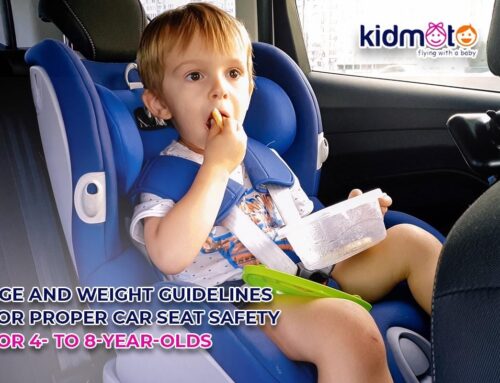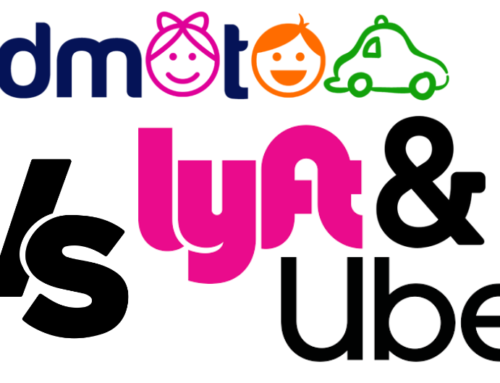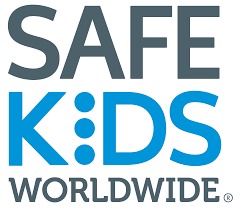At What Age Do Kids Stop Using Car Seats?
Raising a kid is tough. You have endless questions and you are unsure most of the time. It is perfectly OK because we are here to assist you. One of the questions that pop up when it comes to raising kids is this: “What age do kids stop using car seats?” Let’s find out.
When Can Your Child Stop Using a Car Seat?
At 8 to 12 years old, parents and children think they may already be ready to use a regular seat belt. This is when they no longer need to lodge around such a bulky seat for safety and convenience. Of course, stopping the use of a car seat isn’t as simple as waiting for your child to reach the ages mentioned above. There are a few things you need to consider.
Type of Car Seats for Appropriate Age
When it comes to child car safety, the National Highway Traffic Safety Administration gives you a simple guide:
- Birth to age 3 – Rear-facing car seat
- Age 1 to Age 7 – Forward-facing car seat
- Age 4 to Age 12 – Booster
There are the different types of child car seats you can use and the age range that are suitable to use them. As you can see, some of them overlap such because of two other factors you need to consider: height and weight. If your child now reached the height and weight limit specified by the manufacturer, then you can move on to the next type of seat to use.
Age, height, and weight indicate when you can use a specific type of child car seat.
How to Find if Your Child Can Stop Using Car Seat
Deciding that your kid no longer needs a child seat isn’t only based on their height and weight. The best way you can determine a toddler’s car safety is by tucking them into the car and checking if the shoulder belt fits. This usually won’t happen until the kid is around 10 to 12. Basically, it means kids can stop using car seats when their body is big enough to use the regular seat’s seat belts.
To test if your kid is ready to let go of their car seat, see if all conditions below are met:
- The child’s entire back rests on the vehicle seat with his or her knees bending comfortably over the seat’s front edge.
- The lap belt crosses over the hips or the upper legs of the child when buckled up by both the shoulder and lap belts
- The shoulder belt rests on the collarbone or the shoulder, not the face or neck.
- The child sticks with the correct seating position while buckled under the safety belt during the entire trip.
If the belts rest on the kid’s neck or face, then a car seat or a booster belt must still be used. It is the same if the child changes positions or slouches while wearing a regular safety belt. If he or she does this, the belt then touches the face, neck, or stomach, which can be dangerous if an accident happens. The only time your child can stop using a car seat is when they meet all the conditions above.
Compared to using a safety belt alone, car seats protect your child much better. If an accident happens, a loose seat belt that doesn’t really fit the child can cause more injury. If the safety belt rests on the child’s tummy or under his arm, it can either cause damage to the spleen, stomach or liver, or it can crack his ribs when a collision happens. Car seats suitable for toddlers can do much in preventing it.
Knowing all these, you can make sure that your kid will be safe under your care while driving to any destination. When going out for errands or traveling out of town with your kid, you can be at ease that even if something unfortunate happens, the car seats may prevent injury or damage. But car seats are also bulky, which makes convenience a little testy. In this case, a specialized car service is what you need.
Want to learn more about how you can ensure the safety of your kids while traveling? Kidmoto offers car service with car seats known for safety and convenience. Check out our page to know more!






